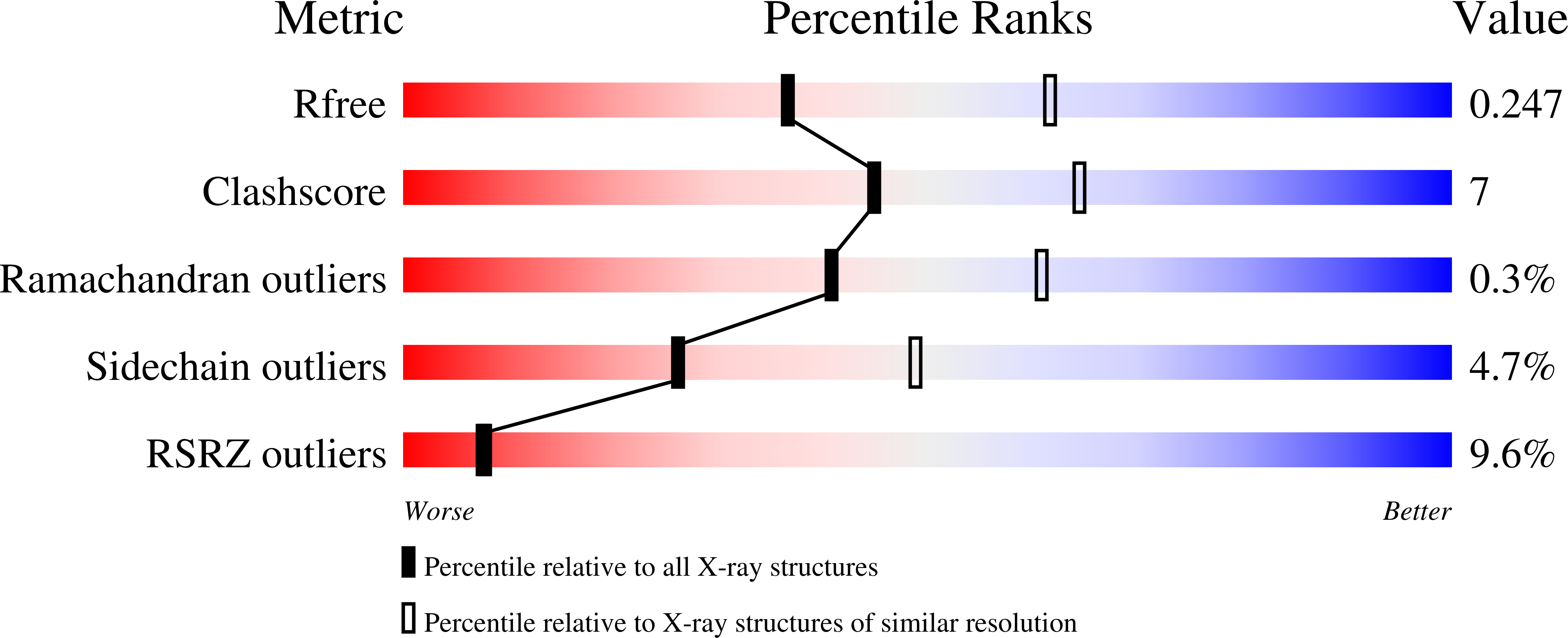Structure and receptor binding preferences of recombinant hemagglutinins from avian and human h6 and h10 influenza a virus subtypes.
Yang, H., Carney, P.J., Chang, J.C., Villanueva, J.M., Stevens, J.(2015) J Virol 89: 4612-4623
- PubMed: 25673707
- DOI: https://doi.org/10.1128/JVI.03456-14
- Primary Citation of Related Structures:
4WSR, 4WST, 4WSV - PubMed Abstract:
During 2013, three new avian influenza A virus subtypes, A(H7N9), A(H6N1), and A(H10N8), resulted in human infections. While the A(H7N9) virus resulted in a significant epidemic in China across 19 provinces and municipalities, both A(H6N1) and A(H10N8) viruses resulted in only a few human infections. This study focuses on the major surface glycoprotein hemagglutinins from both of these novel human viruses. The detailed structural and glycan microarray analyses presented here highlight the idea that both A(H6N1) and A(H10N8) virus hemagglutinins retain a strong avian receptor binding preference and thus currently pose a low risk for sustained human infections.
Organizational Affiliation:
Influenza Division, National Center for Immunization and Respiratory Diseases, Centers for Disease Control and Prevention, Atlanta, Georgia, USA.
















